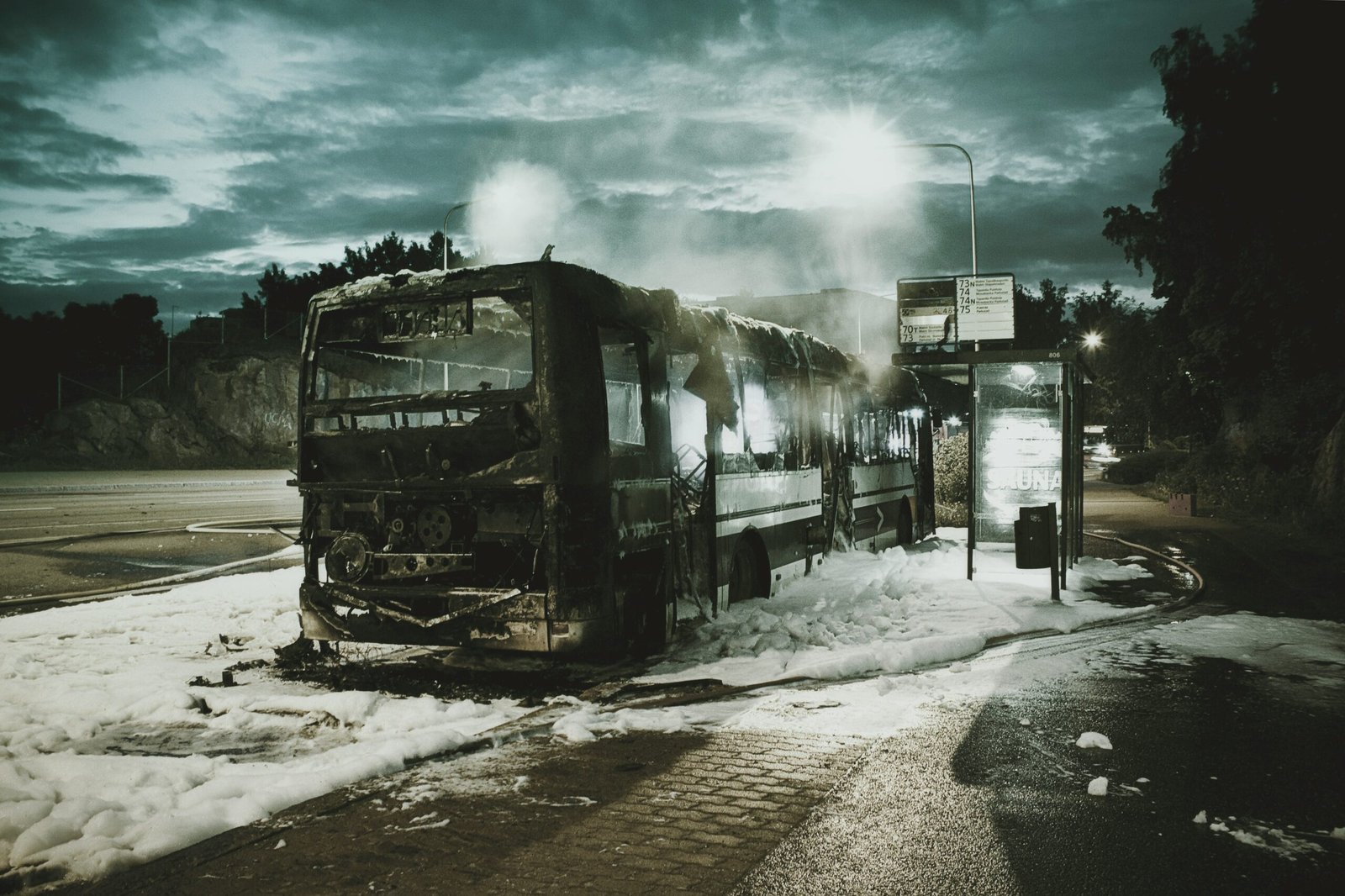Introduction
Public transportation plays a crucial role in the daily lives of millions of people around the world. Whether it’s buses, trains, trams, or subways, these modes of transportation provide a convenient and efficient way to get around. However, like any form of transportation, accidents can happen. In this comprehensive guide, we will explore the various types of public transportation accidents, their causes, and what you can do if you find yourself involved in one.
Types of Public Transportation Accidents
Public transportation accidents can occur in a variety of ways, and it’s important to be aware of the potential risks. Here are some of the most common types of accidents:
1. Bus Accidents
Bus accidents can happen due to a range of factors, including driver error, mechanical failures, or even other vehicles on the road. These accidents can result in injuries to passengers, pedestrians, or other motorists.
2. Train Accidents
Train accidents can be particularly devastating due to the high speeds and heavy weight of the trains involved. Collisions with other trains, derailments, or even platform accidents can cause significant injuries and fatalities.
3. Subway Accidents
Subway accidents can occur both on the trains themselves and in the stations. Slip and fall accidents, platform accidents, or even collisions between trains and pedestrians can lead to serious injuries.
4. Tram Accidents
Trams, also known as streetcars or trolleys, are a common form of public transportation in many cities. Accidents involving trams can happen due to collisions with other vehicles, pedestrians, or even derailments.
Causes of Public Transportation Accidents
Understanding the causes of public transportation accidents is essential for both passengers and transportation authorities. Here are some of the common causes:
1. Driver Error
Driver error is one of the leading causes of public transportation accidents. Fatigue, distraction, or reckless driving can all contribute to accidents on buses, trains, subways, or trams.
2. Mechanical Failures
Malfunctioning brakes, faulty signaling systems, or other mechanical failures can lead to accidents on public transportation. Regular maintenance and inspections are crucial to prevent such incidents.
3. Infrastructure Issues
Problems with the infrastructure, such as poorly maintained tracks or platforms, can increase the risk of accidents. It is the responsibility of transportation authorities to ensure the safety of passengers through proper maintenance and repairs.
4. Weather Conditions
Severe weather conditions, such as heavy rain, snow, or ice, can make public transportation more prone to accidents. Slippery surfaces or reduced visibility can increase the risk of collisions or falls.
What to Do If You’re Involved in a Public Transportation Accident
If you find yourself involved in a public transportation accident, it’s important to take the following steps:
1. Seek Medical Attention
Your health and well-being should be your top priority. If you or anyone else is injured, seek immediate medical attention. Even if your injuries seem minor, it’s still important to get checked out by a healthcare professional.
2. Report the Accident
Notify the appropriate authorities about the accident as soon as possible. This could be the driver, the transportation company, or the police, depending on the severity of the incident. Providing accurate and detailed information can help with any investigations or insurance claims.
3. Gather Information
Collect as much information as possible about the accident. This includes taking photos of the scene, noting down the names and contact information of any witnesses, and obtaining a copy of the accident report if available. This information will be valuable if you need to file a claim or seek legal assistance.
4. Consult with a Legal Professional
If you’ve been injured in a public transportation accident, it’s advisable to consult with a personal injury lawyer who specializes in transportation accidents. They can help you understand your rights, navigate the legal process, and seek compensation for your injuries, medical expenses, and other damages.
Preventing Public Transportation Accidents
While accidents can happen, there are steps that can be taken to prevent public transportation accidents and improve passenger safety. Here are some measures that transportation authorities can implement:
1. Regular Maintenance and Inspections
Implementing a comprehensive maintenance and inspection program for all public transportation vehicles and infrastructure is crucial. This includes routine checks for mechanical issues, track maintenance, and ensuring that safety features are functioning properly.
2. Driver Training and Monitoring
Providing thorough training to public transportation drivers and regularly monitoring their performance can help reduce the risk of accidents caused by driver error. This includes addressing issues such as fatigue management, distracted driving, and adherence to traffic laws.
3. Improved Infrastructure
Investing in the improvement of public transportation infrastructure can help prevent accidents. This includes maintaining platforms, ensuring proper signage and lighting, and implementing safety measures such as barriers or gates at high-risk areas.
4. Passenger Education
Informing passengers about safety procedures and potential risks can help them make informed decisions and be more cautious while using public transportation. This can include providing clear instructions on how to safely navigate platforms, emergency protocols, and reporting any suspicious activities.
Conclusion
Public transportation accidents can have serious consequences for both passengers and transportation authorities. By understanding the types and causes of these accidents, as well as taking necessary precautions, we can work towards improving safety and minimizing the risks associated with public transportation. If you find yourself involved in a public transportation accident, remember to prioritize your health, report the incident, gather information, and seek legal assistance if needed. Together, we can strive for safer and more reliable public transportation systems.
